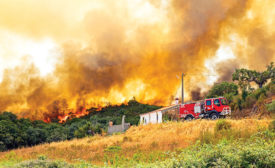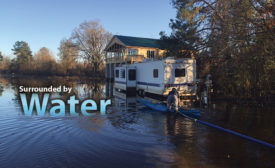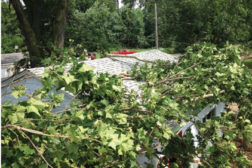Special Sections
Special Section: Prepping for Disaster
When Disaster Strikes: Contents Restoration in Extreme Conditions
Read MoreSpecial Section: Prepping for Disaster
The Paper Monster vs. The Paperless Office
The Paper Trail of Destruction Amid a Major Disaster
Read More
Special Section: Prepping for Disaster
Flood Losses: Top 10 Things Restorers Must Know when Handling FEMA Claims
Read MorePrepping for Disaster Special Section
Case Study: Surrounded by Water
Category 3 water, kayaks, & a trailer
Read More
Stay ahead of the curve with our eNewsletters.
Get the latest industry updates tailored your way.
JOIN TODAY!Copyright ©2024. All Rights Reserved BNP Media.
Design, CMS, Hosting & Web Development :: ePublishing












